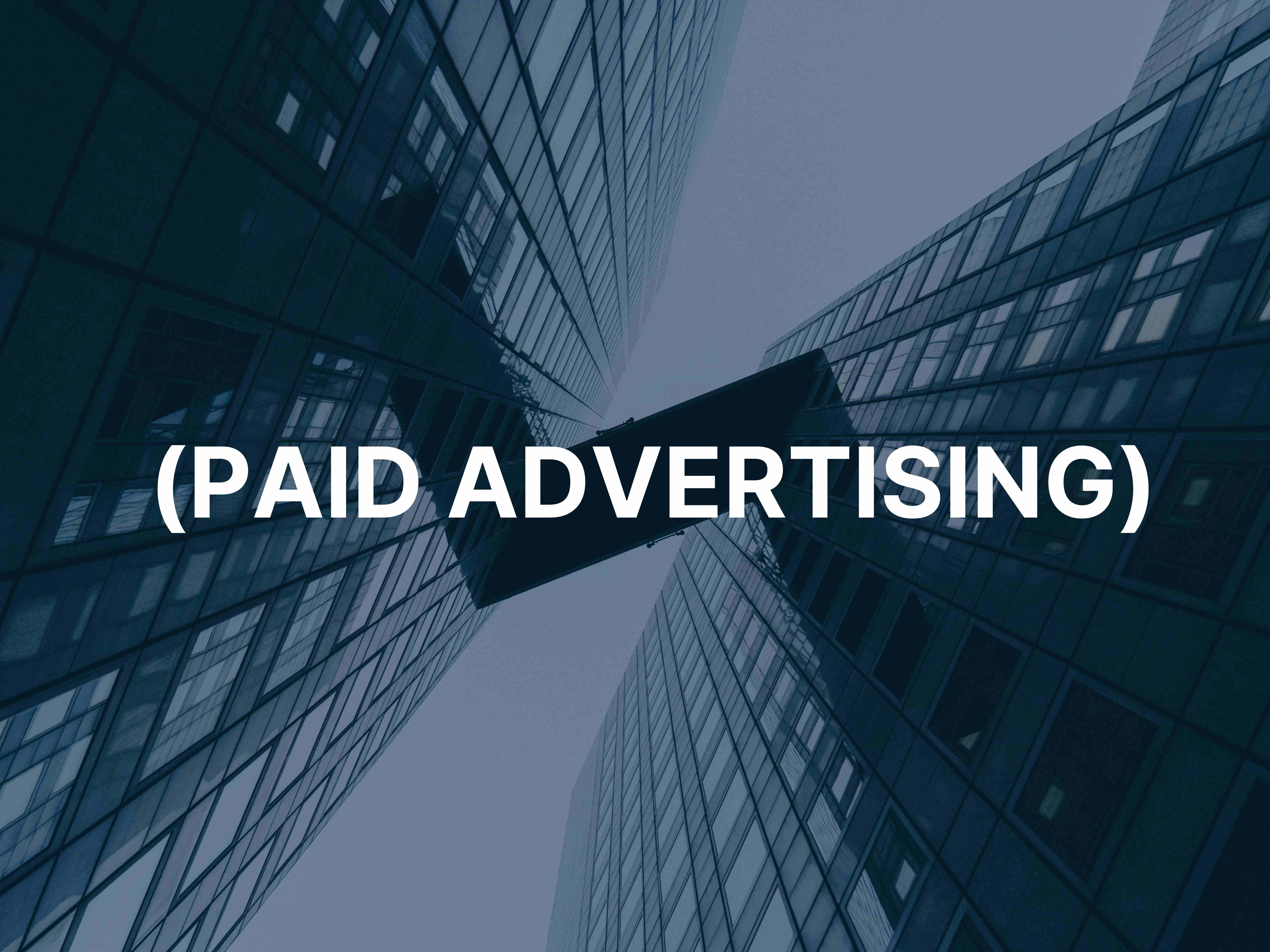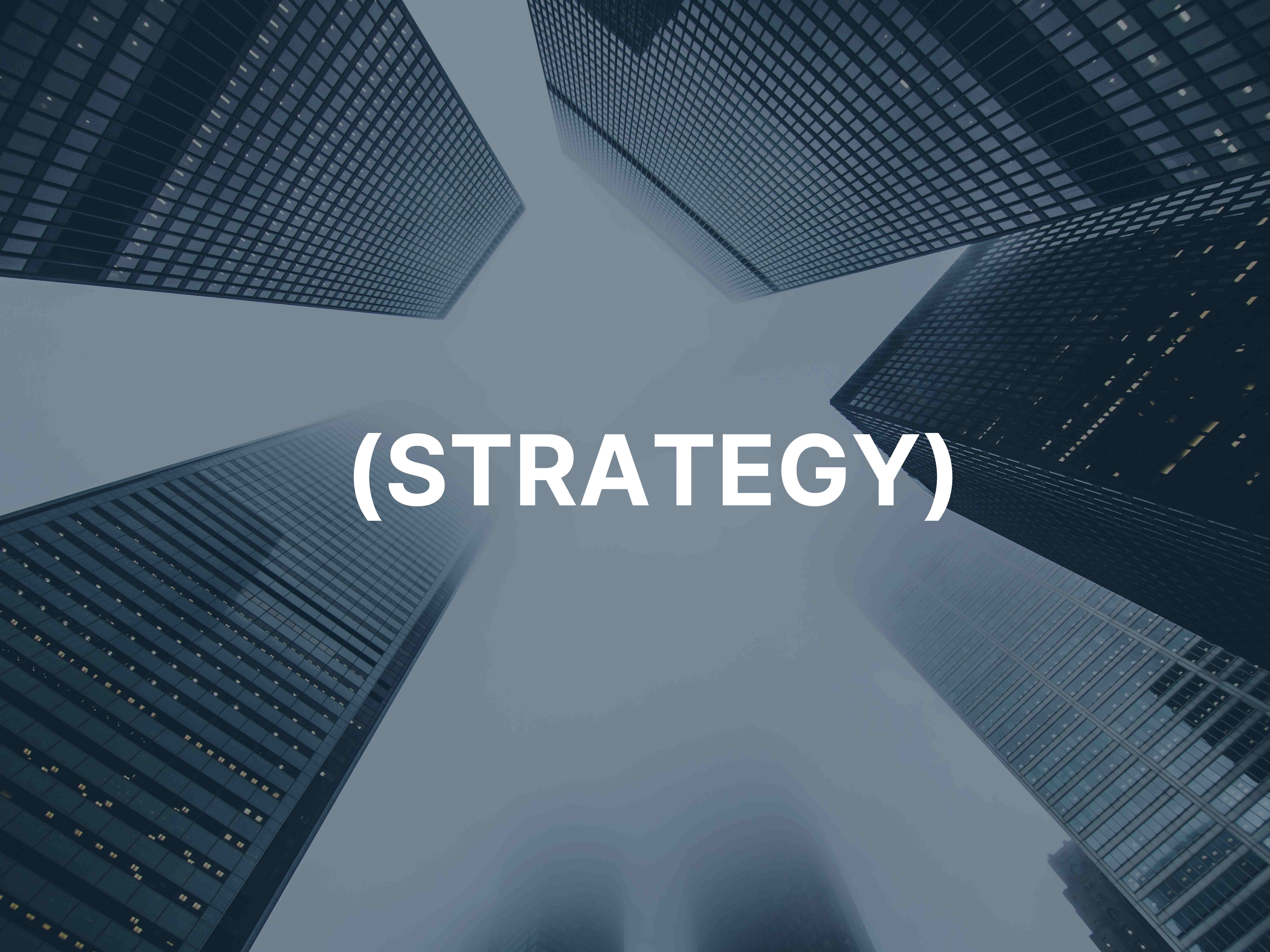Facebook advertising offers startups an incredible opportunity to reach highly targeted audiences without the massive budgets traditionally required for effective marketing campaigns. However, without a strategic approach, it's easy to waste money on Facebook ads that don't deliver results. Here's how to maximize your return on investment and run cost-effective Facebook ad campaigns for your startup:
5 Key Points:
- Audience Precision: Develop hyper-targeted audience segments based on detailed demographics, interests, and behaviors to ensure your ad spend reaches only the most relevant potential customers.
- Creative Testing: Implement systematic A/B testing of ad creative elements with small budgets before scaling successful variations, reducing wasted spend on underperforming ads.
- Conversion Tracking: Set up comprehensive pixel tracking and conversion events to measure actual business outcomes, not just engagement metrics, allowing for data-driven optimization.
- Budget Management: Start with small daily budgets ($5-10) distributed across multiple ad sets, gradually increasing investment in the highest-performing campaigns based on cost per acquisition.
- Retargeting Strategy: Prioritize warm audiences through strategic retargeting campaigns that focus on website visitors, video viewers, and engagement audiences to maximize conversion rates at lower costs.
1. Defining Your Audience with Laser Precision
The foundation of cost-effective Facebook advertising is targeting the right audience. Broad targeting wastes budget on users unlikely to convert, while overly narrow targeting can limit your reach and increase costs.
To create cost-effective audience targeting:
- Start with Customer Research: Develop detailed buyer personas based on your existing customers, including demographics, interests, pain points, and online behaviors.
- Use Layered Targeting: Combine multiple targeting parameters (demographics, interests, behaviors) to create highly specific audience segments.
- Create Lookalike Audiences: Once you have at least 100 customers or leads, create 1-2% lookalike audiences based on your highest-value customers.
- Exclude Irrelevant Users: Use exclusion targeting to prevent showing ads to people unlikely to convert or who have already converted.
- Test Multiple Audience Segments: Create 3-5 different audience segments and test them against each other to identify which delivers the lowest cost per acquisition.
A local fitness startup in Dallas created five distinct audience segments based on different fitness interests and goals. After testing with a small budget, they discovered that their "weight loss for busy professionals" audience converted at $8.50 per lead, while their "general fitness enthusiasts" audience cost $22 per lead. By reallocating budget to the more efficient segment, they reduced their overall cost per lead by 47%.
2. Creating and Testing Ad Creative on a Budget
Ad creative significantly impacts performance, but you don't need expensive production to create effective ads. The key is systematic testing to identify what resonates with your audience.
Cost-effective creative strategies include:
- Start Simple: Begin with simple image ads using stock photos or basic designs created with tools like Canva.
- Test One Element at a Time: Isolate variables by changing only one element (headline, image, ad copy) between versions to clearly identify what drives performance.
- Use the $1/Day Testing Method: Test multiple ad variations with minimal budget ($1-3 per day per ad) to gather initial data before scaling.
- Leverage User-Generated Content: Authentic customer testimonials and user content often outperform polished professional content at a fraction of the cost.
- Repurpose Existing Content: Transform blog posts, customer reviews, and product information into ad creative to maximize your content investment.
A tech startup in Fort Worth tested eight different ad images with a budget of just $24 ($3 per image for one day). They identified two images that generated click-through rates 3x higher than the others, then invested their full budget in ads using those images, resulting in a 62% lower cost per click.
3. Setting Up Proper Conversion Tracking
Without proper tracking, you can't identify which ads are truly driving business results. Comprehensive conversion tracking is essential for optimizing your campaigns for cost efficiency.
To implement effective conversion tracking:
- Install the Facebook Pixel: Properly set up the Facebook pixel on your website to track user actions.
- Define Meaningful Conversion Events: Track actions that matter to your business, such as purchases, sign-ups, or qualified lead form submissions.
- Set Up Value-Based Tracking: Assign monetary values to conversion events to optimize for revenue, not just conversion volume.
- Implement the Conversions API: For more reliable tracking, supplement the pixel with server-side tracking through the Conversions API.
- Create Custom Conversions: Track specific page views or actions that indicate customer intent but aren't standard conversion events.
A home service startup in Plano discovered through proper conversion tracking that while their "Learn More" campaign generated leads at $4.50 each, only 5% became customers. Meanwhile, their "Get a Quote" campaign generated leads at $12 each, but 30% became customers. By shifting budget to the higher-quality leads, they reduced their customer acquisition cost from $90 to $40.
4. Strategic Budget Allocation and Management
How you allocate and manage your budget can dramatically impact the cost-effectiveness of your Facebook ads.
Budget management best practices include:
- Start Small, Scale Gradually: Begin with $5-10 daily budgets per ad set to gather data before increasing investment.
- Use Campaign Budget Optimization (CBO): Let Facebook automatically distribute your budget across ad sets based on performance.
- Implement Rules and Alerts: Set up automated rules to pause underperforming ads or increase budgets for high performers.
- Consider Lifetime Budgets: For campaigns with predictable performance patterns, lifetime budgets allow Facebook to optimize delivery timing.
- Budget Based on Customer Value: Align your maximum cost per acquisition with the lifetime value of your customers to ensure profitability.
A software startup in Arlington started with $300 spread across 10 different ad sets ($30 each). After identifying the three top-performing segments, they reallocated their monthly budget of $3,000 to focus 80% on those proven segments while continuing to test new approaches with the remaining 20%. This approach reduced their cost per trial signup from $42 to $18.
5. Leveraging Retargeting for Higher Conversion Rates
Retargeting campaigns typically deliver the highest return on ad spend because they focus on people already familiar with your brand.
Cost-effective retargeting strategies include:
- Create a Retargeting Funnel: Develop different ads for people at different stages of awareness (website visitors, product page viewers, cart abandoners).
- Set Appropriate Frequency Caps: Limit how often the same user sees your ads to prevent ad fatigue and wasted impressions.
- Use Dynamic Product Ads: Show users the specific products they viewed on your website to increase relevance and conversion rates.
- Implement Engagement Retargeting: Target users who have engaged with your previous ads, videos, or Facebook page.
- Exclude Recent Converters: Prevent showing acquisition ads to people who have already converted to avoid wasting budget.
A boutique clothing retailer in Frisco implemented a three-tiered retargeting strategy: one campaign for all website visitors (past 30 days), one for product page viewers (past 14 days), and one for cart abandoners (past 7 days). They allocated just 30% of their total ad budget to these retargeting campaigns but generated 65% of their total sales from them, with a cost per acquisition 72% lower than their prospecting campaigns.
Additional Cost-Saving Strategies
Beyond the core strategies above, consider these additional tactics to maximize your Facebook ad budget:
- Optimize for the Right Objective: Choose campaign objectives that align with your business goals (conversions for sales, traffic for awareness, etc.).
- Schedule Ads Strategically: Run ads only during hours and days when your audience is most likely to convert.
- Refresh Creative Regularly: Update ad creative every 2-4 weeks to prevent ad fatigue and declining performance.
- Leverage Seasonal Opportunities: Adjust budgets to capitalize on seasonal trends relevant to your business.
- Monitor Placement Performance: Analyze which placements (feed, stories, right column, etc.) deliver the best results and adjust accordingly.
At New Age Adaptation, we help startups and small businesses in the DFW area develop and implement cost-effective Facebook advertising strategies tailored to their specific goals and budget constraints. Our data-driven approach ensures every dollar of your ad spend works as hard as possible to drive measurable business results.
Ready to make your Facebook advertising more cost-effective? Schedule a free consultation with our team to discuss your specific goals and challenges.



